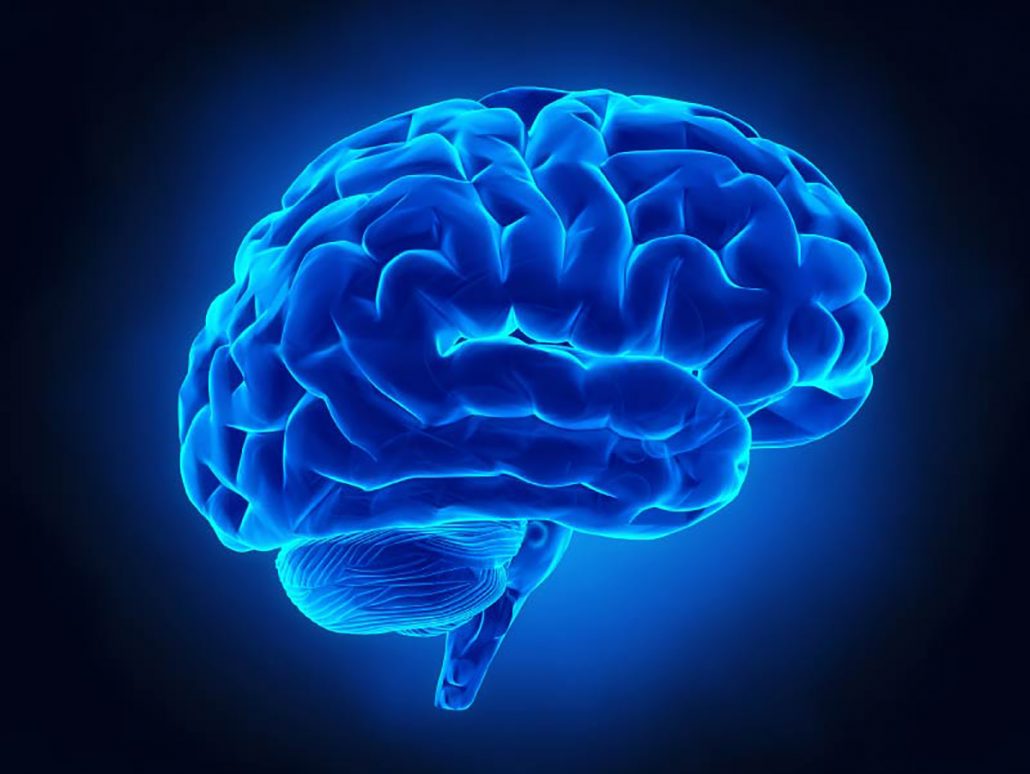
All porn is entertainment, designed to catch our attention and give us a thrill. That thrill, on a physiological level, is a release of neurotransmitters in the brain.
The first time a person sees porn, there’s a big response, a big release of dopamine in the brain. That big response encourages people to go back for more. As time goes on, the brain adjusts and releases less dopamine each time. There’s less of a thrill; the brain has acclimated. To get the thrill again, there has to be something novel, something extreme.
More is certainly available. Porn producers are happy to supply us with more: more partners, more exaggerated fantasies, more violence, more degradation, more sex toys and fetishes, more close ups. It’s a race for more extreme videos, animations, and podcasts.
Whether you call this phenomenon “addiction” or not, it happens to people. It happens to young and old, men and women. The brain chemistry leads to a habit. Brains get wired in an unhealthy direction.
What starts as a quick way to orgasm and relieve stress may soon turn into a compulsion which may then get out of control.
Needless to say, it’s better to have other coping mechanisms for stress. It’s better to be aroused without consuming porn.
That means it’s better to actually build the skills. It means doing the hard work rather than taking the shortcut.
I’ve gotta tell you, though, kids love shortcuts. Teens especially. That’s why we have to talk with them. We have to help them see the bigger picture.
You can have powerful protective conversations with your adolescent. I know that’s not something our parents did for us, and that makes it all the more difficult.
It’s on us to invent this wheel, to have this conversation with our kids so that they know how to have it with their kids. Learn how with our Parent’s Guide.